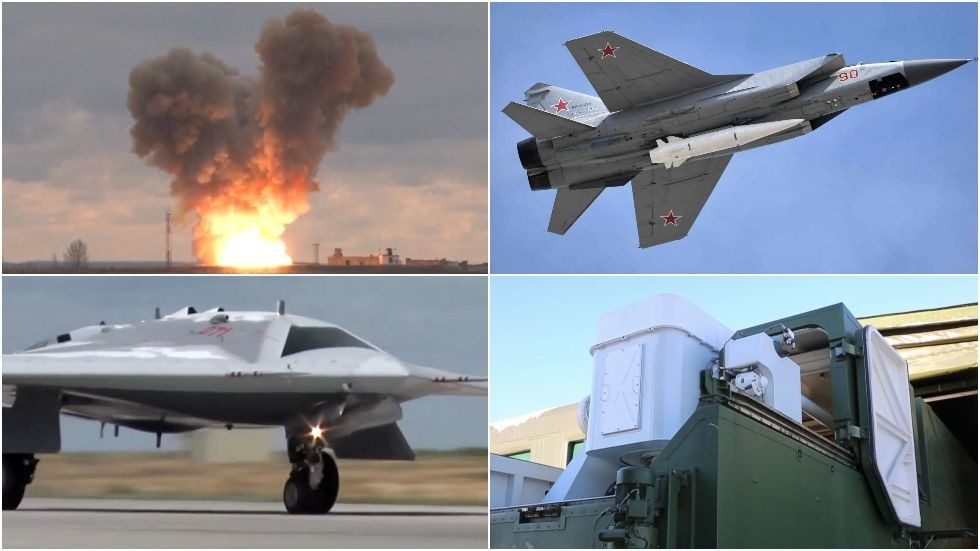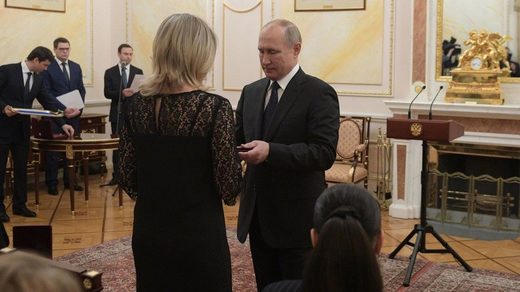
Comment: NATO is a tad freaked out already by Russia's military AI capabilities:
With the introduction of a whole range of state-of-the-art arms in recent years, Russia has been "able to make a step forward compared to the world's other military powers," Putin said during a meeting of the Russian Security Council on Friday.
The tally of the newest weapons and hardware in the possession of the country's Armed Forces and Navy is currently over 68 percent, he said, adding that they must be increased to at least 70 percent and maintained at that level.
The program for the development of the Russian military-industrial complex until 2033 will be approved next year for Russia to remain ahead of its rivals, the President said.
The emphasis in the plan must be put on "advanced high-precision weapons and means of aerospace defense; the active use of artificial intelligence in the production of military hardware," the President said.
The line of unmanned reconnaissance and attack aircraft, laser and hypersonic systems, weapons based on new physical principles, as well as robotic systems, capable of performing diverse tasks on the battlefield, should be expanded.Russia requires these futuristic arms because "the world is facing serious challenges and threats," while military technologies are developing rapidly, providing for tougher competition in the area, Putin explained.
"The US withdrawal from the INF treaty [banning the US and Russia from fielding in Europe ground-based missiles with a range of between 500km and 5,500km] under an invented pretext has become a significant blow for the arms control system." Russia must be able to forecast the effect that this move will have on the international situation and to adjust its military potential accordingly.
NATO's buildup near the Russian borders and "attempts to militarize space" are also a cause for significant concerns, the head of state said.
They're in the army now
Russia has already successfully tested its Avangard hypersonic glider, which is launched by silo-based ICBMs. Some sources claim this technology is about to be put in service by the end of the year. Kinzhal hypersonic missiles, which are fired from aircraft, have also been shown to the public. Those weapons are said to be able to bypass any existing air defences, due to traveling five times faster than the speed of sound. Work on the ship-based Zircon hypersonic system is currently underway.
One of the weapons, based on new physical principles, is the Peresvet laser system, which began trials with the military last year. The hardware is highly classified, but experts believe it can be used as a jamming device or to neutralize enemy targets, including cruise missiles and satellites in orbit.
The assembly of serial Su-57 fifth generation fighter jets began earlier this year. The cutting-edge aircraft actively employs AI and was even described as "a flying robot." A few months ago, a trial version of Su-57 performed a spectacular joint flight with Russia's new Okhotnik heavy drone, with can be used for both surveillance and attack missions.




[Link]